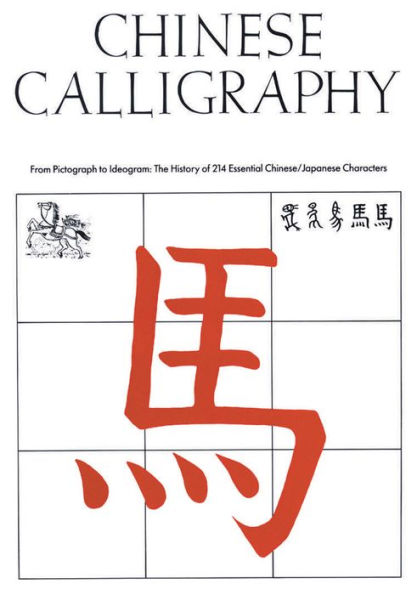5
1
9780789208705


Chinese Calligraphy: From Pictograph to Ideogram: The History of 214 Essential Chinese/Japanese Characters available in Hardcover

Chinese Calligraphy: From Pictograph to Ideogram: The History of 214 Essential Chinese/Japanese Characters
- ISBN-10:
- 0789208709
- ISBN-13:
- 9780789208705
- Pub. Date:
- 09/01/2005
- Publisher:
- Abbeville Publishing Group
- ISBN-10:
- 0789208709
- ISBN-13:
- 9780789208705
- Pub. Date:
- 09/01/2005
- Publisher:
- Abbeville Publishing Group
24.95
In Stock

Product Details
| ISBN-13: | 9780789208705 |
|---|---|
| Publisher: | Abbeville Publishing Group |
| Publication date: | 09/01/2005 |
| Pages: | 252 |
| Product dimensions: | 6.22(w) x 11.02(h) x 0.96(d) |
About the Author
From the B&N Reads Blog
